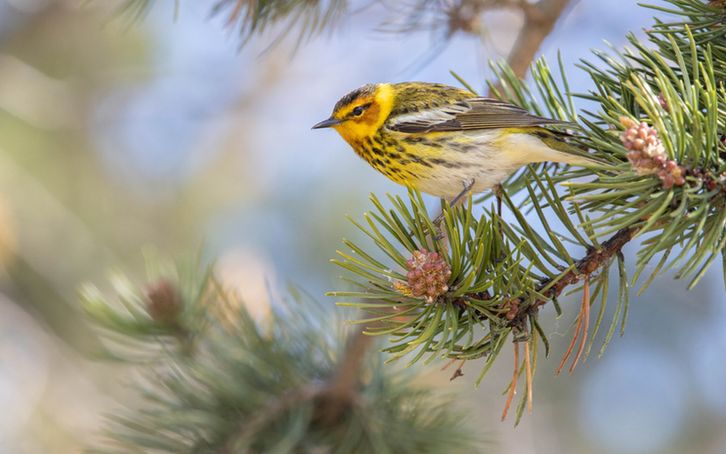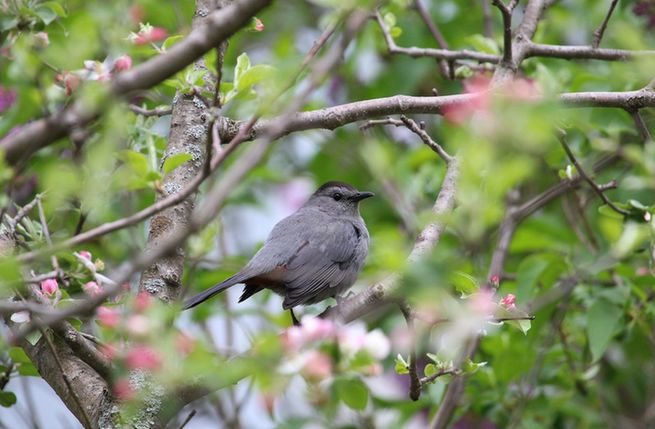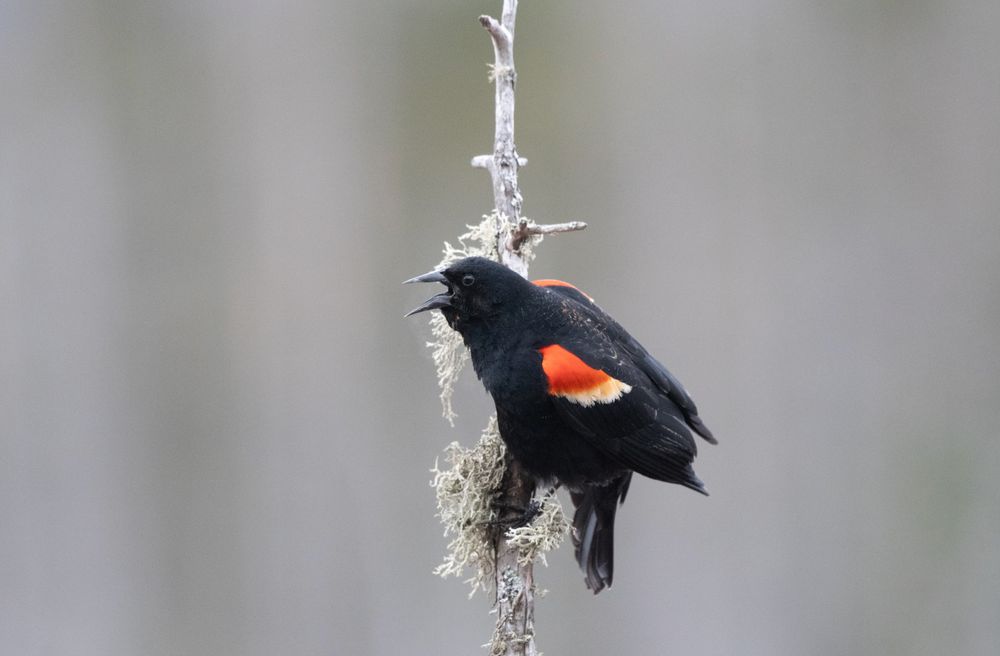
Substack: https://substack.com/@birdinguniversity

📸 Kevin Vande Vusse


📸 Kevin Vande Vusse
📸 Kevin Vande Vusse

📸 Kevin Vande Vusse
📸 Kevin Vande Vusse




📸 Kevin Vande Vusse
📸 Kevin Vande Vusse




📸 Kevin Vande Vusse




📸 Golden-headed Quetzal | Kevin Vande Vusse

📸 Kevin Vande Vusse




📸 Kevin Vande Vusse
📸 California Quail | Phil Stollsteimer

📸 California Quail | Phil Stollsteimer
📸 Kevin Vande Vusse

📸 Kevin Vande Vusse







📸 Chris Roberts



📸 Chris Roberts
📸 Northern Jacana | Ernesto Gomez (Public Domain)

📸 Northern Jacana | Ernesto Gomez (Public Domain)
📸 Chris Roberts




📸 Chris Roberts


📸 Chris Roberts

📸 Chris Roberts
📸 Chris Roberts & BU



📸 Chris Roberts & BU
📸 Michael Kuhn (CC BY 2.0)

📸 Michael Kuhn (CC BY 2.0)
📸 USFWS (Public Domain)



📸 USFWS (Public Domain)
📸: Chris Roberts

📸: Chris Roberts

📸: Birding University


📸: Birding University






